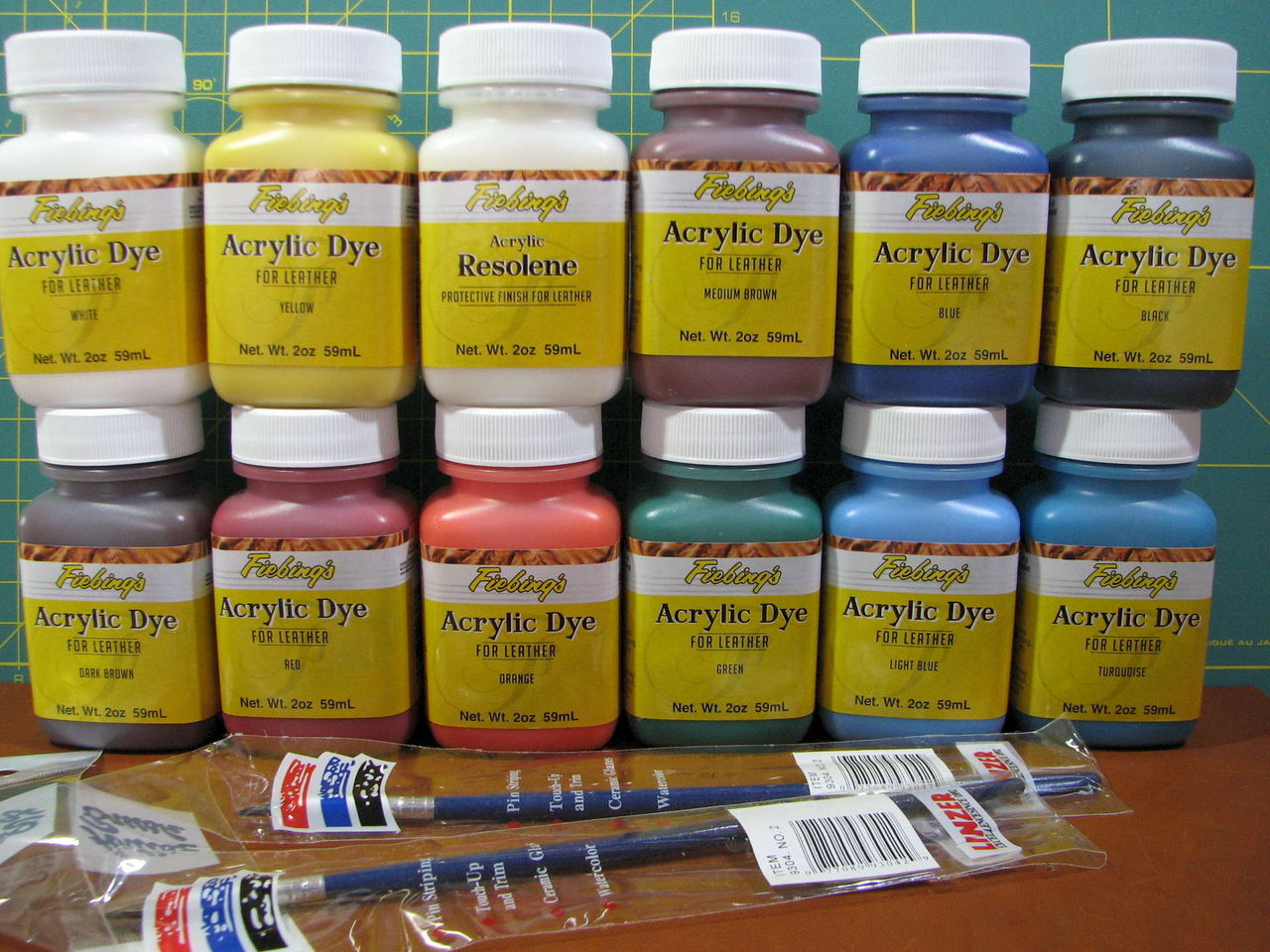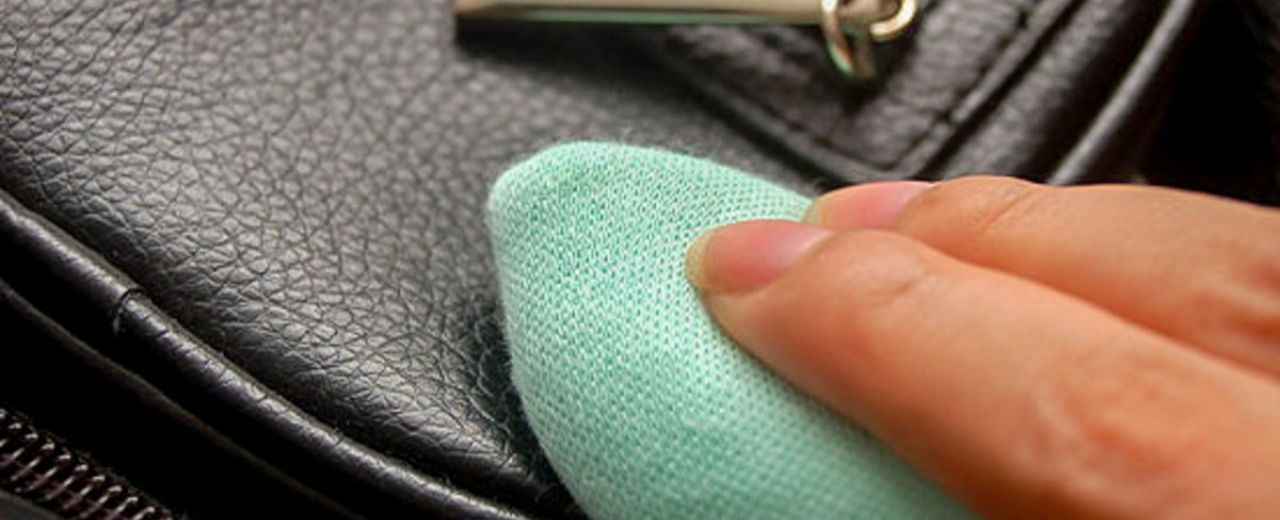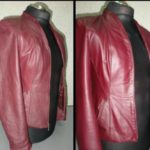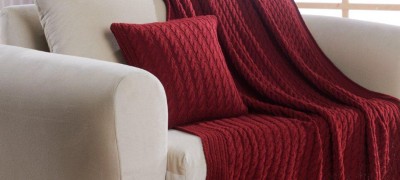Paint for coating leather products
Although leather is a natural and durable material, sooner or later the question of product restoration arises. What to do: paint it yourself or go to a specialized workshop? Each solution has its own pluses and minuses. Let's take a closer look.

Do it yourself or entrust it to the master
In any case, you are taking certain risks. Deciding to restore the products yourself, and not being a specialist in working with leather products, you endanger not only the thing, but also your own health.

On the other hand, when giving a bag, boots or jacket to the workshop, especially if you are doing it for the first time, there is no guarantee that the work will be done at the level you expect. Moreover, if you have never encountered a similar problem before.

In general, you will have to make a choice, and the risks, alas, are inevitable.
Varieties of leather dyes
Almost any of the leather dyes listed below can be used to paint leather products: jackets, gloves, belt or shoes. The only difference is in the technological process and the time it will take for this procedure.

Acrylic
These substances are water-based and acrylic additives. Some dyes contain polyurethane, which "rewards" leather products with the properties of the so-called "liquid skin". Acrylic paints are ideal for nubuck, smooth leather and vinyl. But they cannot be used for suede.

By painting the product with such paint, you are guaranteed to get a lasting result. Such a coating is not afraid of mechanical stress, direct sunlight and water. Moreover, the composition increases the life of leather products. In addition to practical moments, acrylic dyes are appreciated for the decent appearance that they provide to leather goods. Today, a rich palette of various shades of acrylic-based dyes is available: from white and pastel beige shades to deep black. Non-standard solutions are also possible: metallic or pink mother-of-pearl.

Such dyes are used not only to paint products, but also to paint on leather or other surfaces.
Cream
One of the most popular and affordable options. It comes in tubes like any cream and has the consistency of toothpaste. This dye is used to restore leather seats, shoes and a number of other items. Apply to the surface with a sponge.

Aerosols
Another popular option for dyes. They are often used for professional painting of car interiors. But at home, such dyes find their use. They are available in cans. The consumption of aerosol dyes is an order of magnitude lower than that of others. This paint dries quickly and is well absorbed. To achieve a "dense" and uniform effect, it is recommended to apply at least 2-3 layers.

Powder dyes
Such paint is considered a modern way to solve problems of leather restoration. She is perhaps more suitable for home use than others. It should be noted that powder dyes are often used for fabrics. However, the versatile options available today can easily cope with the coloring of leather products.

Vegetable paint
This dye has been used for a very long time. Its peculiarity is the use of only natural ingredients that give a certain color or shade. For example, to get a red dye, henna, basma, alder bark and celandine are mixed. A rich brown shade is obtained from oak or apple bark when boiled and added with walnut shells and potassium permanganate. A mixture of horse chestnut, onion peel and tea will give a pleasant golden color.

Methods for dyeing leather products
It turns out that you will have to choose not only paint, but also the method of staining. Depending on the material, the degree of abrasion and your capabilities.

Today there are two such ways:
- Surface painting. In this case, the coloring mixture is applied only to the surface with a brush, swab or spray. After the procedure, a transparent glossy film forms on the front side, which protects the skin from moisture. From the inside, the product retains its natural color.
- Deep coloring. With this method, the product is completely immersed in a paint bath and held for a certain time. The color of the product from the outside and from the inside becomes the same.

How to paint a leather product at home
The secret to the success of this event largely depends on how much you follow the technology, as well as how thorough the preparatory work will be.

Product preparation
Before dyeing, it is important to thoroughly clean the item from dust, dirt, grease stains and other contaminants. This should be done without missing folds, flaps from pockets, etc. Laundry soap is most often used as a degreaser - it effectively removes dirt, and at the same time does not corrode the leather surface.

At the next stage, using a clean sponge, remove soap residues and thoroughly dry the product.
Important: never dry your skin near a battery or in the sun. These will cause the skin to become rough and deformed.

Dyeing should be started only when the product is completely dry. This can be checked by the seams and folds, if in these hard-to-reach places the product is dry, then it is ready for painting.
Paint application
Modern dyes allow you to make a thing of absolutely any color. How to paint over scuffs, and completely repaint.If the shade you need is not on sale, you can get it by mixing the colors available to you.

When dyeing shoes, there is a rule: do not use deep dyeing. The thing is that by wetting shoes or boots in a dye solution, after drying, you will get smaller shoes. Therefore, for your favorite sandals or clogs, you will have to use surface staining.

Let's try to consider step by step how to paint a leather jacket.
- To make it comfortable to work, the jacket is put on a mannequin. And so that the thing does not hang "like on a hanger" and unnecessary folds do not form, folded towels are placed inside. Of course, you can paint in a horizontal position, but the process itself will be inconvenient, and the result is likely to leave much to be desired.
- To remove the protective wax from the surface, a cotton swab is moistened in a mixture of acetone and alcohol (or vodka), and the surface of the product is wiped (degreased). If this is not done, the dye will not penetrate this protective layer.
- Now you need to prepare a gelatinous solution. To do this, a tablespoon of gelatin should be diluted in 250 ml of cold water, and put the mixture on fire until it is completely dissolved. After that, grease the entire surface of the jacket with the resulting gelatinous solution.
- After about 30 minutes, you can start coloring. First, the dye is applied to the most worn parts. On the jacket, these are the seams on the sleeves, the area of the fasteners, pockets, and also at the collar.
- The paint should be applied in at least 2-3 coats, allowing each coat to dry. The break between staining is about 10-20 minutes.
- After the last coat of paint has dried, apply the fixer that comes with the dye. If not, you can use a vinegar solution.
- At the very end of the "procedure", wipe the painted surface with mink or castor oil (leather wax is also suitable). This is done so that the material retains its elasticity.
A vinegar solution for fixing the coloring effect is prepared as follows: for 1 liter of water, take a glass of vinegar and a tablespoon of salt. The mixture is brought to a boil and then allowed to cool. The composition cooled down to +45 degrees is used for processing the painted surface. Since vinegar dries the skin, be sure to wipe the surface with some oil after the fixer, and finally “walk” over the painted product with a microfiber cloth.

To dye leather gloves, boots and belts at home, use the same technology. The dye is applied with gentle movements, first vertical, then horizontal, and then in a circle so that the color is uniform.
Little tricks
- Paint in the form of an aerosol is the most popular option, the main thing is to make sure that there are no unpainted fragments or streaks.
- During painting, the temperature regime and a certain level of humidity must be observed. It is not recommended to paint at temperatures below +16 degrees, and at a humidity level below 75%.
- High-quality paint resembles sour cream in consistency. If you have a thicker dye, it is better to dilute it a little, believe me, only in this case the result will please you.
- If you paint the product with a surface method, it is not at all necessary to purchase a special sponge. A foam tampon is an affordable and practical option.
- It is possible to use dyed things (especially for shoes) no earlier than 24 hours after dyeing.

Security
If paint gets into eyes, rinse immediately with water.If the composition gets on your hands or face, remove the caustic mixture with laundry soap. Before dyeing, you need to wear protective gloves and a mask, and create good ventilation in the room.

When starting the degreasing stage, remember that many products are dangerous, which means that when starting work, in no case should you smoke or be near a source of open fire.
If dye gets on your clothes, you can wipe it off with ethyl alcohol or vodka.

Obviously, you can extend the life of leather products without even contacting specialized workshops. The assortment of dyes available today in all colors and qualities ensures that you can update your jacket or shoes at home.
VIDEO: How to choose the right paint for leather.









